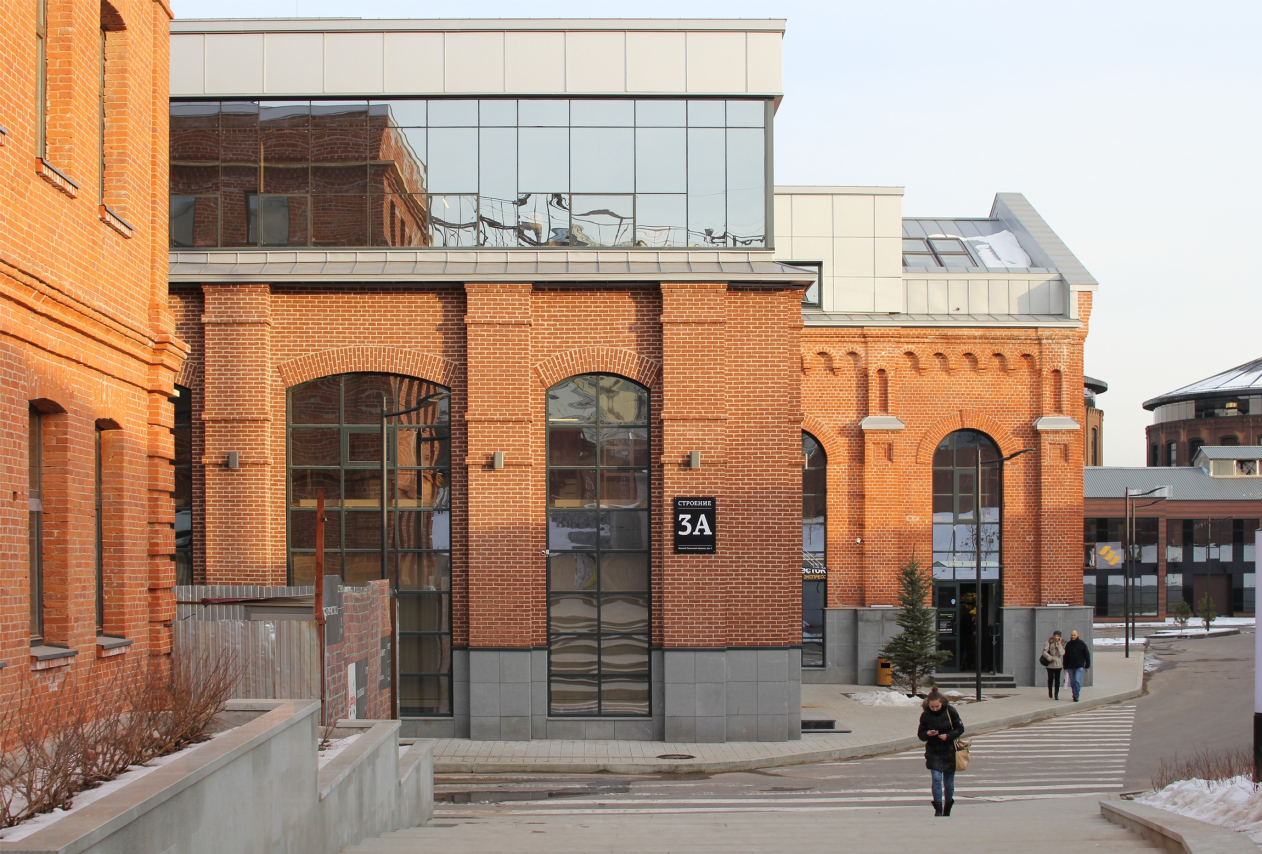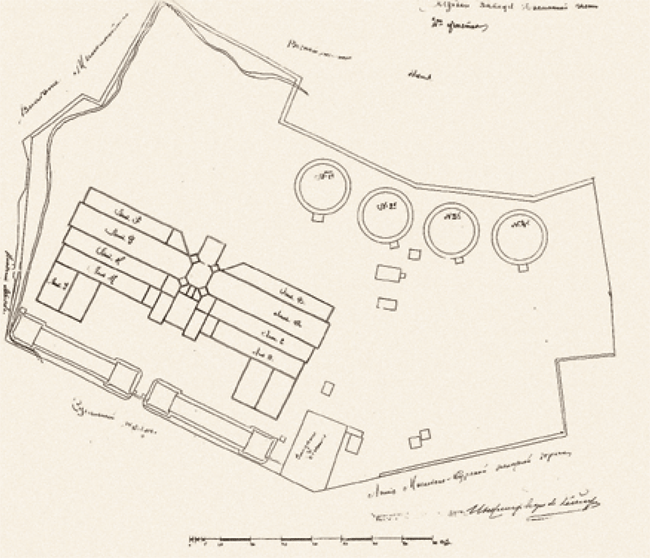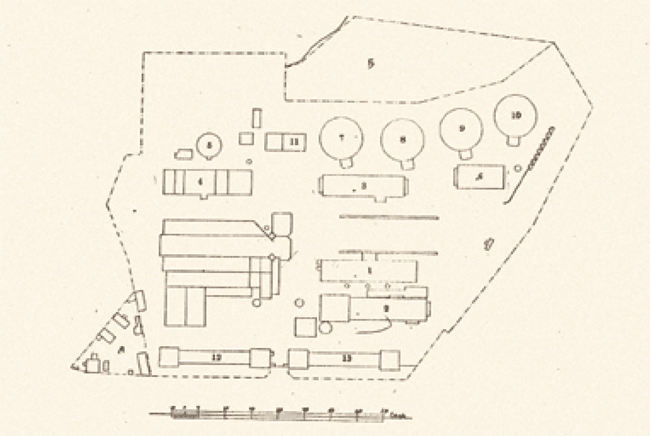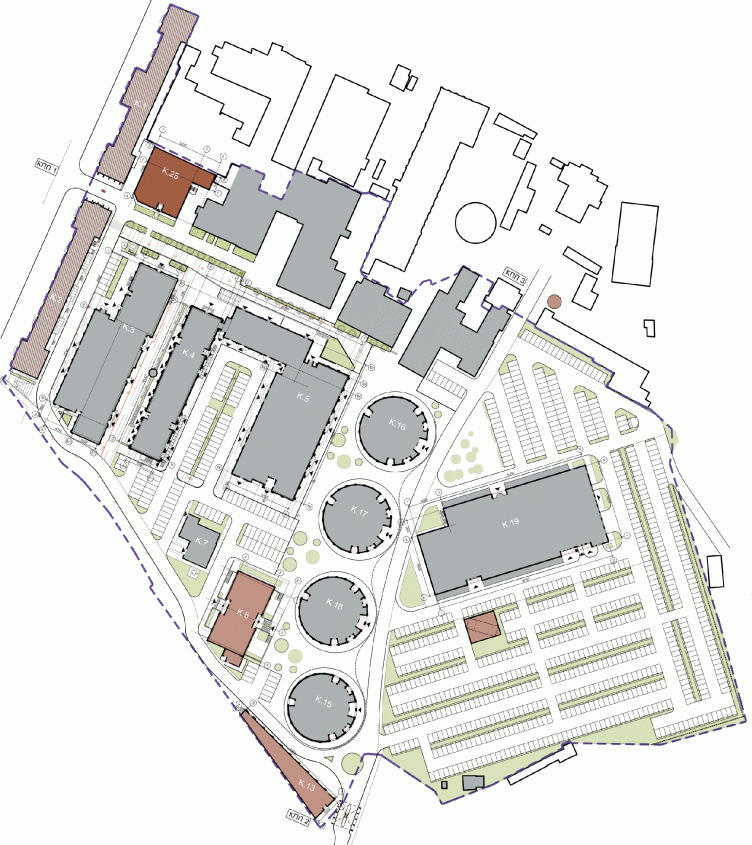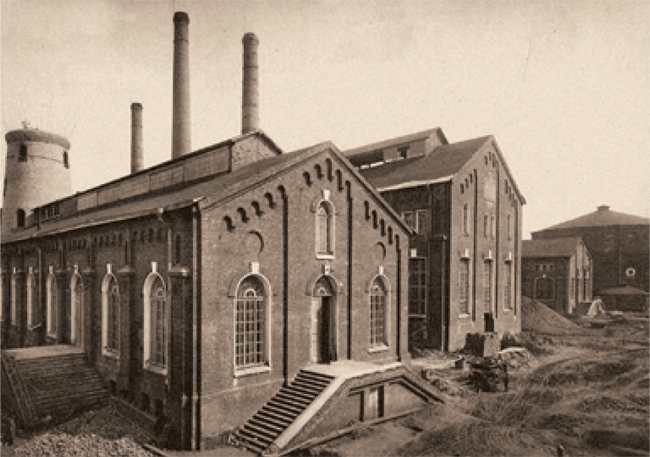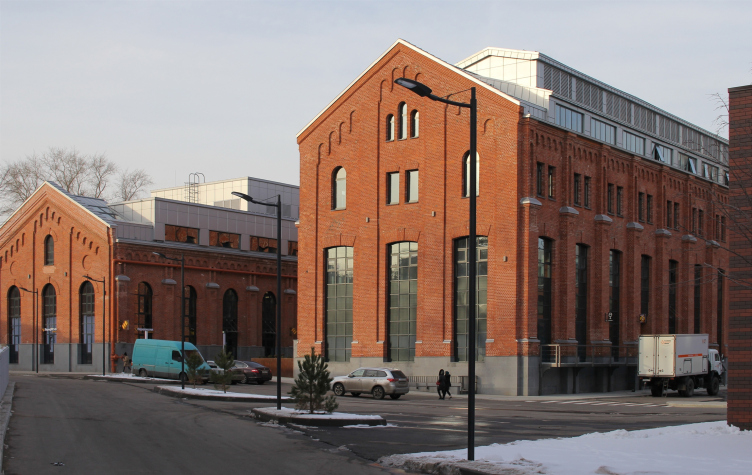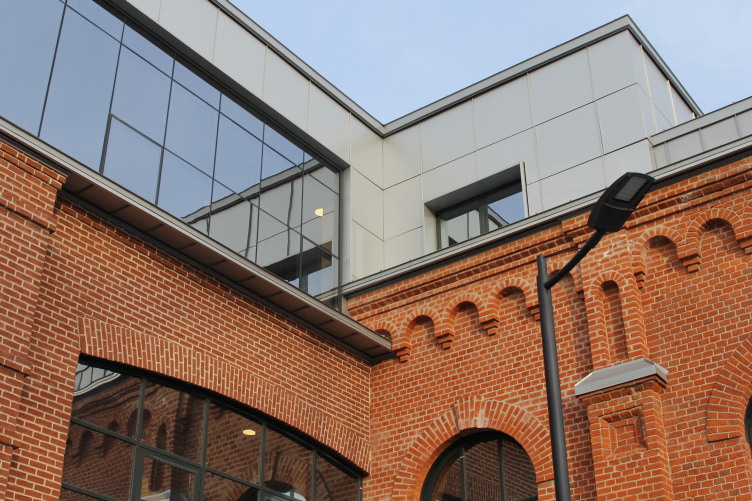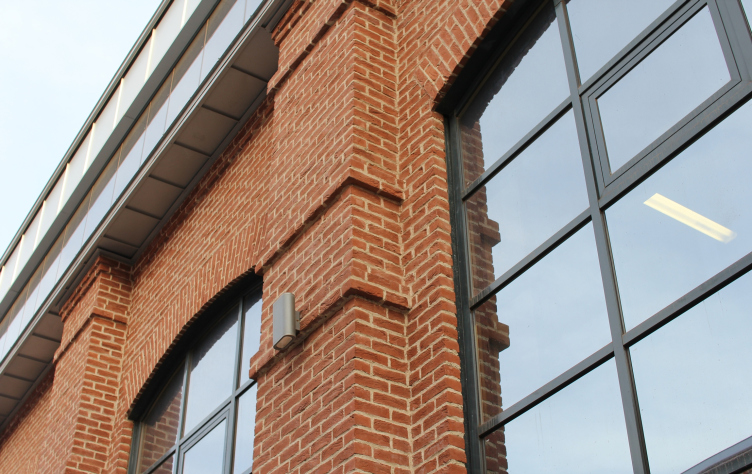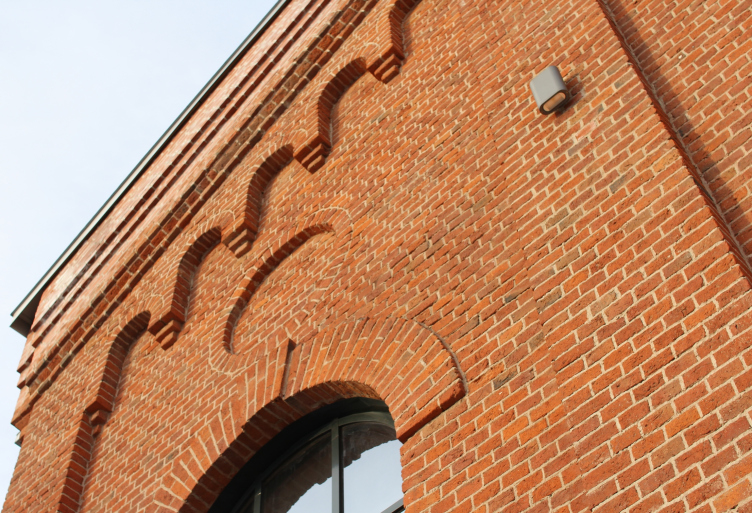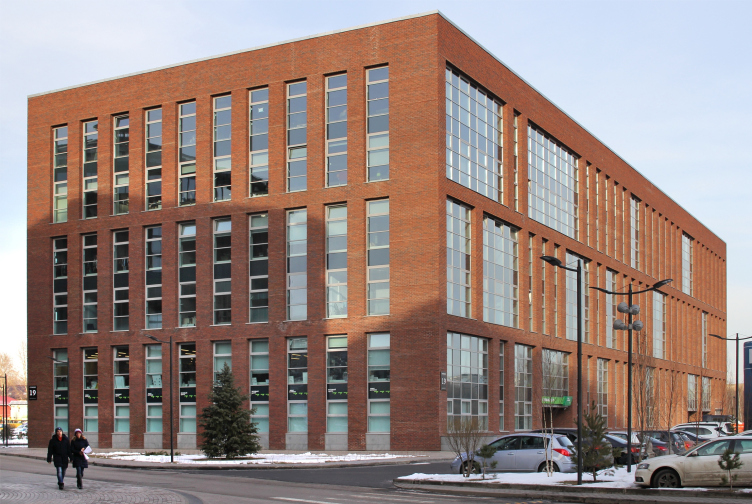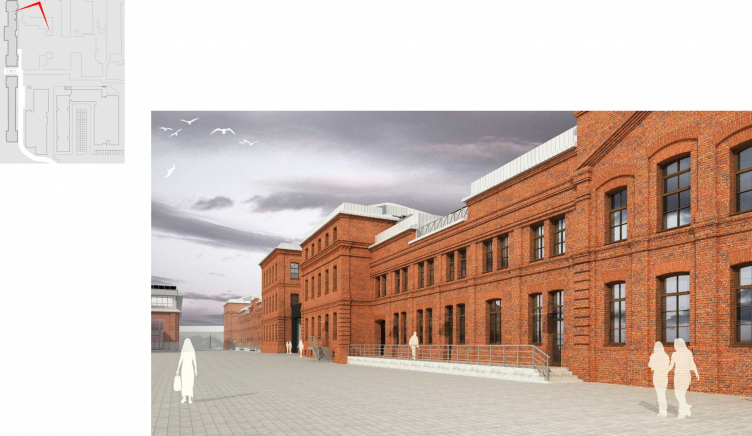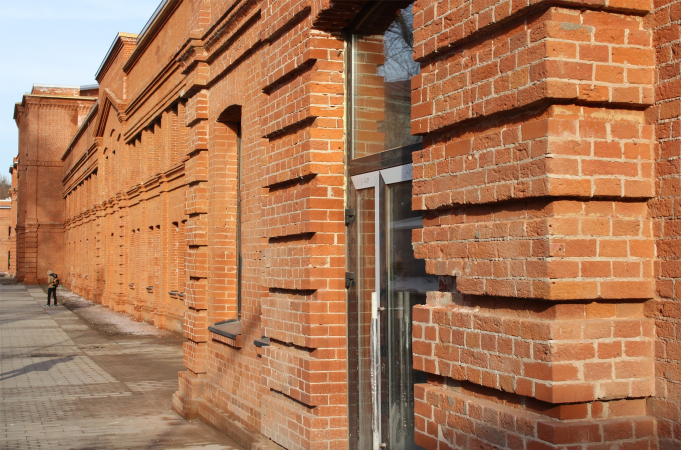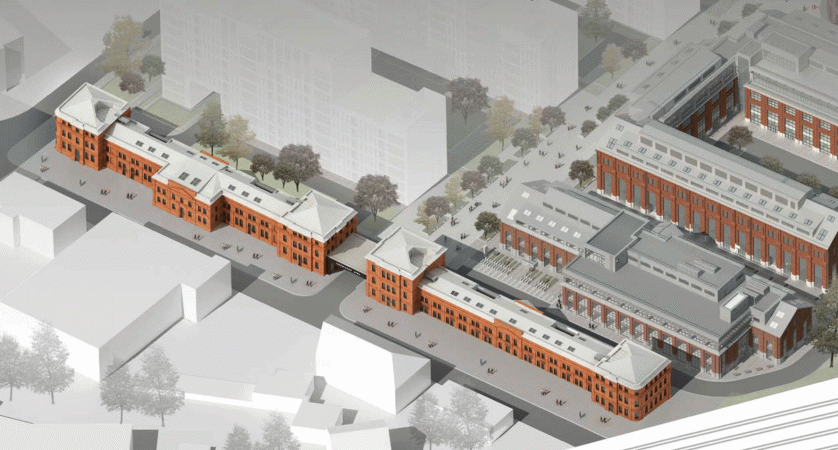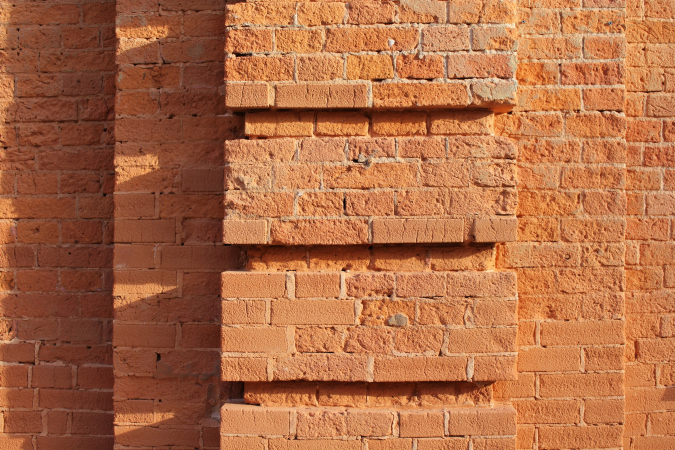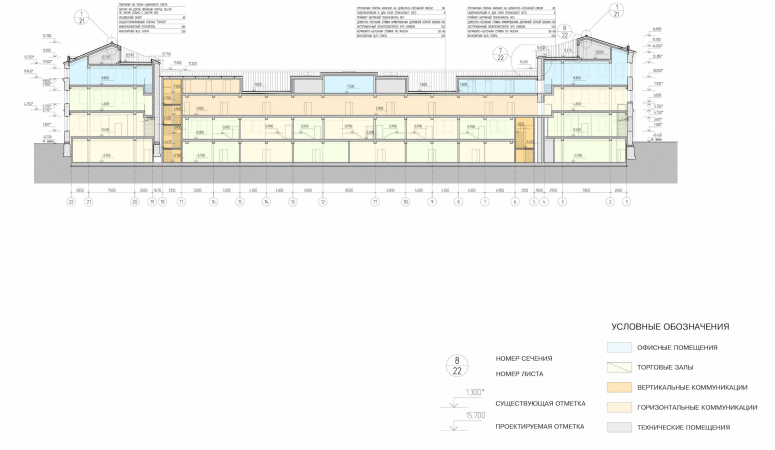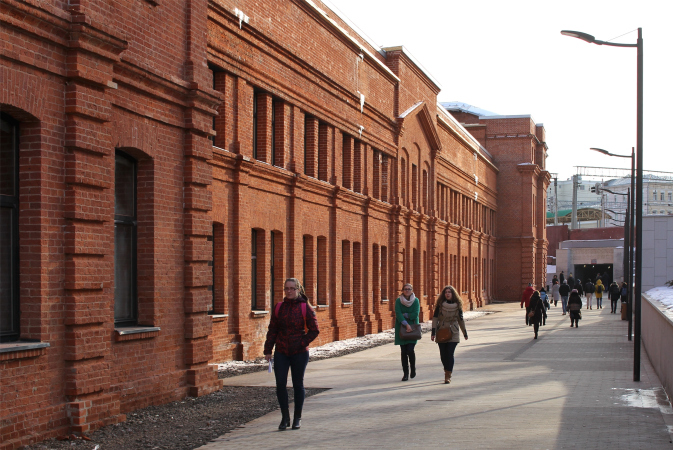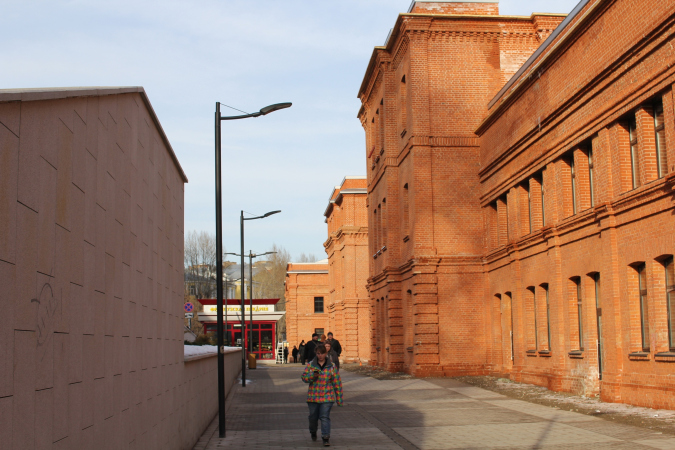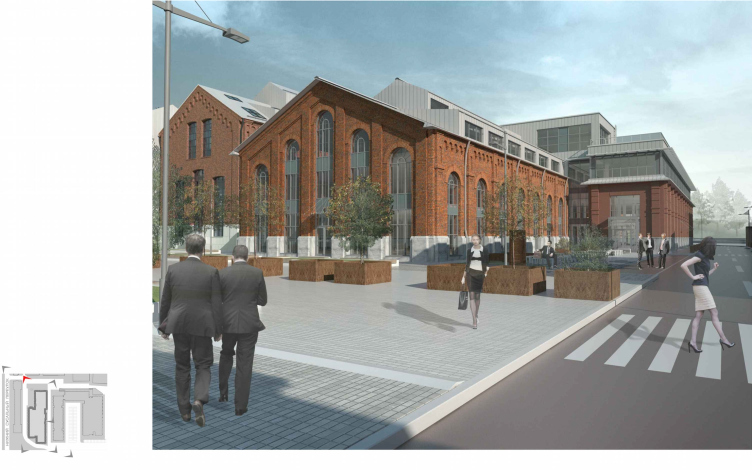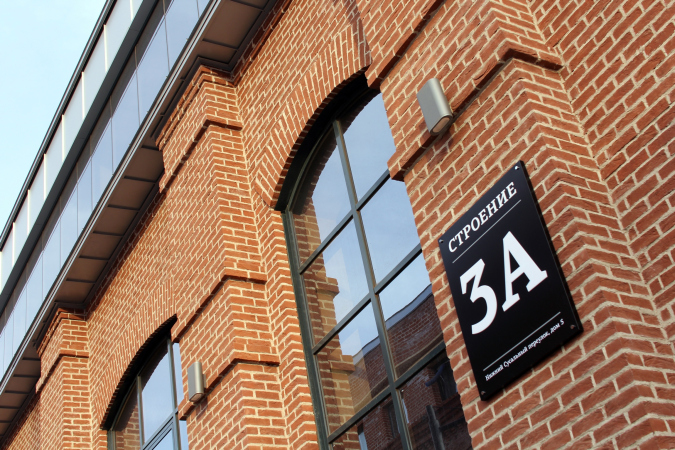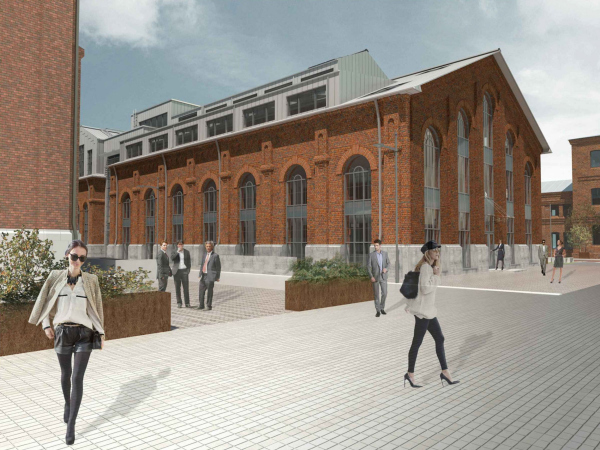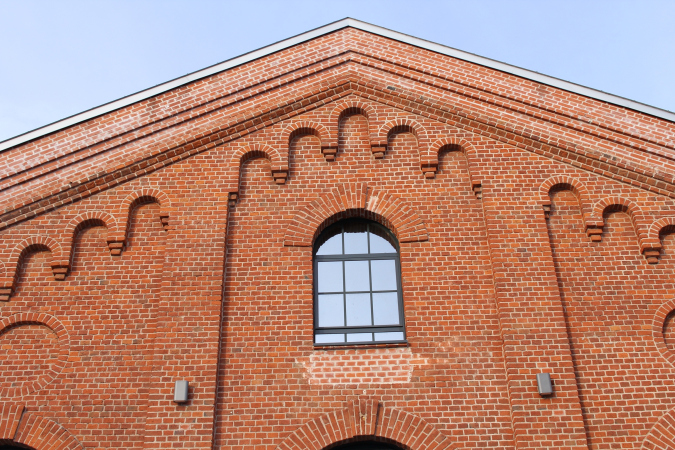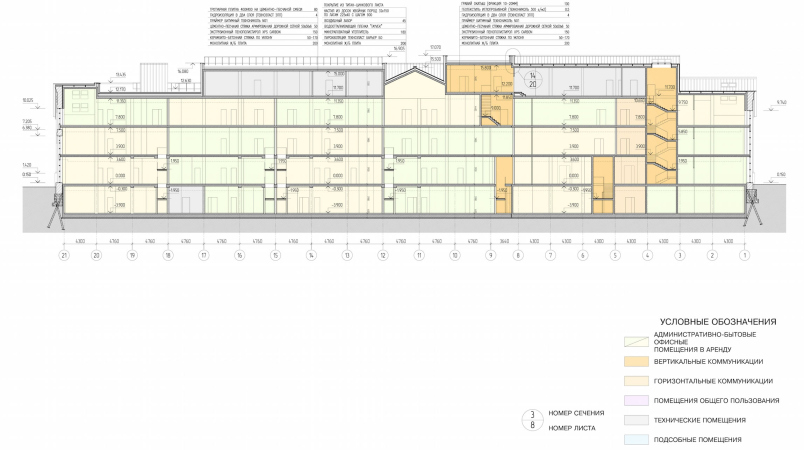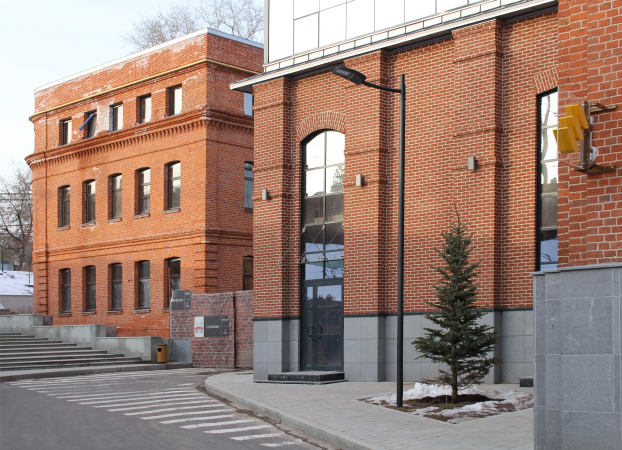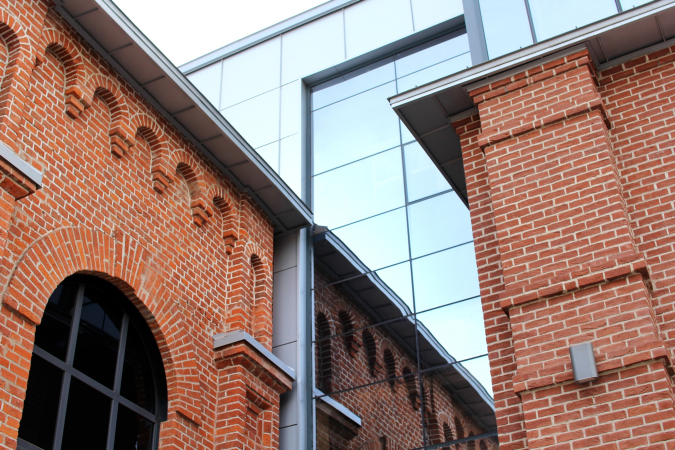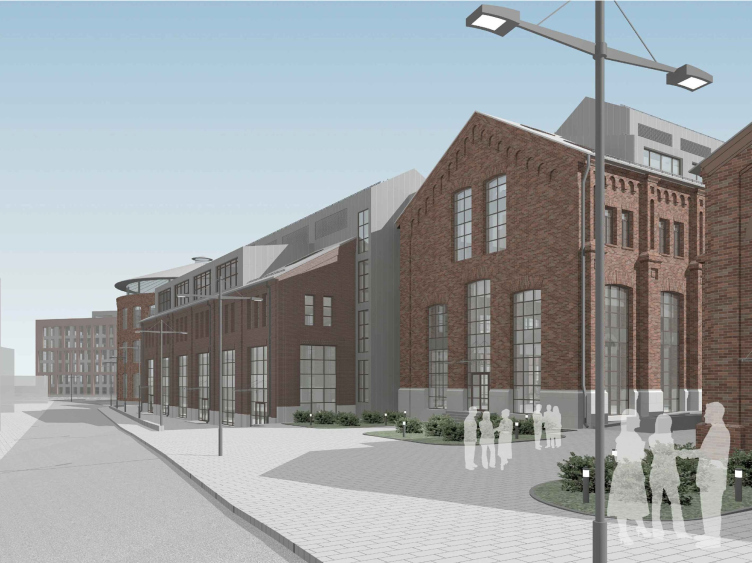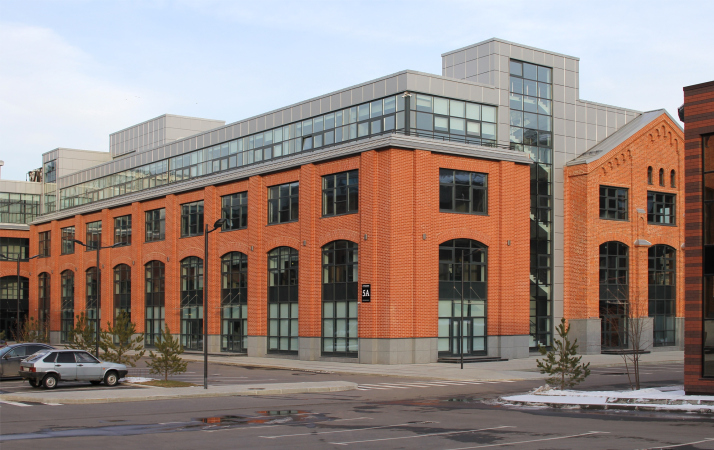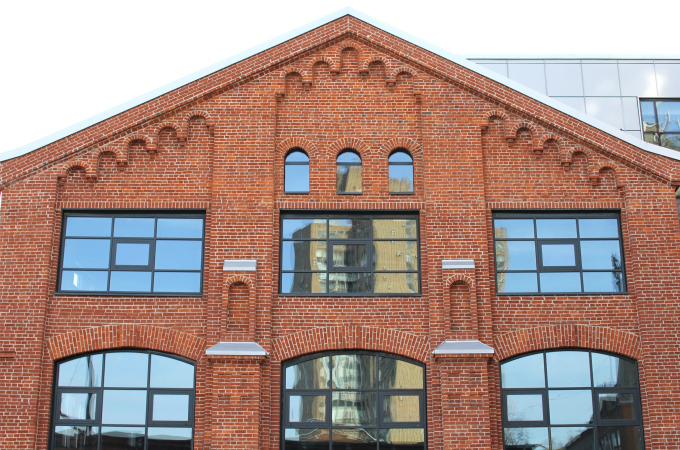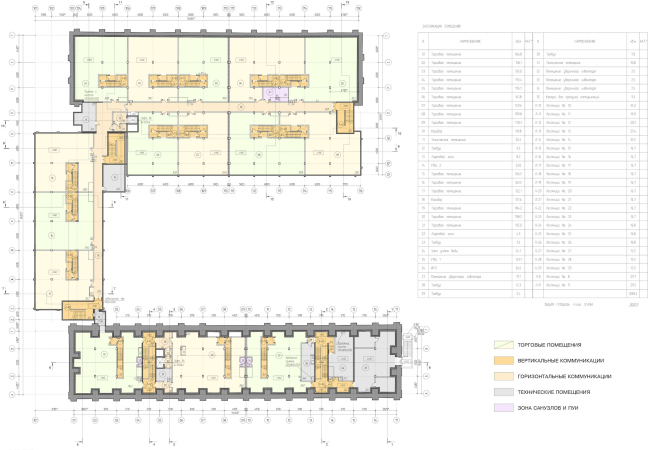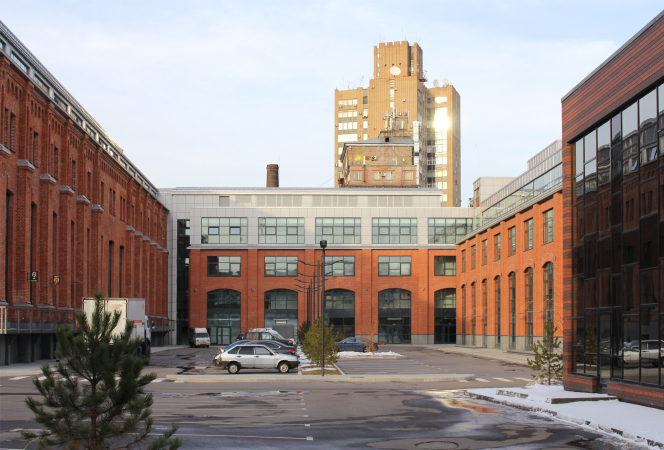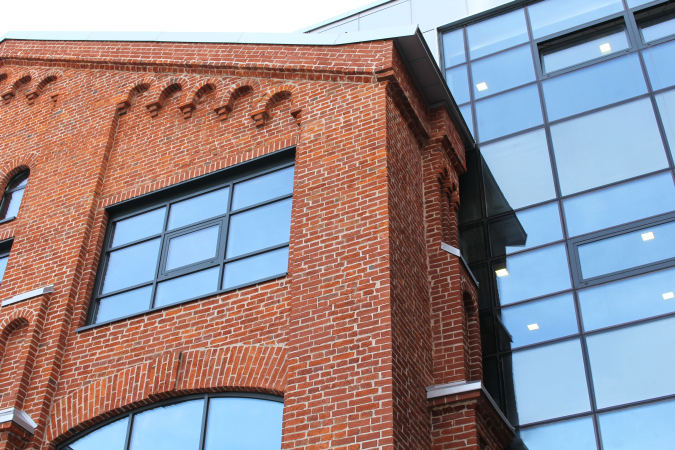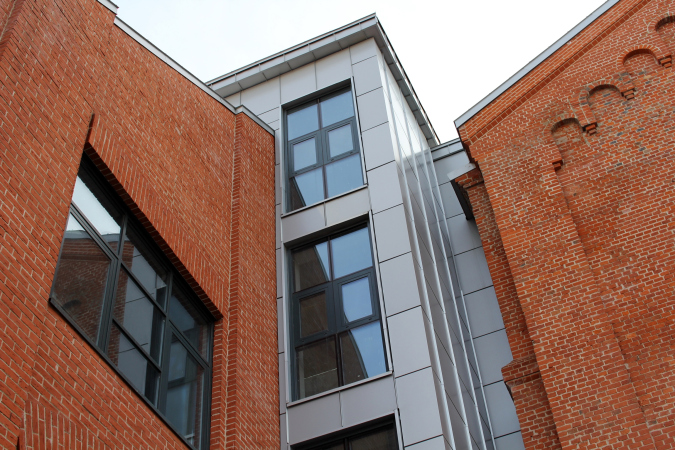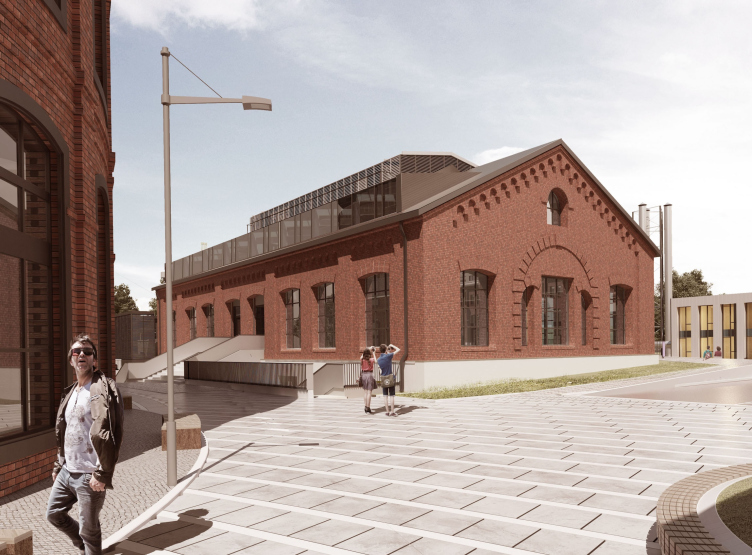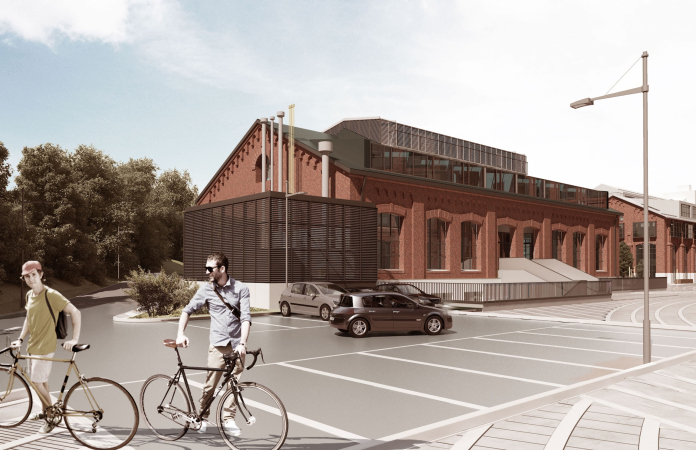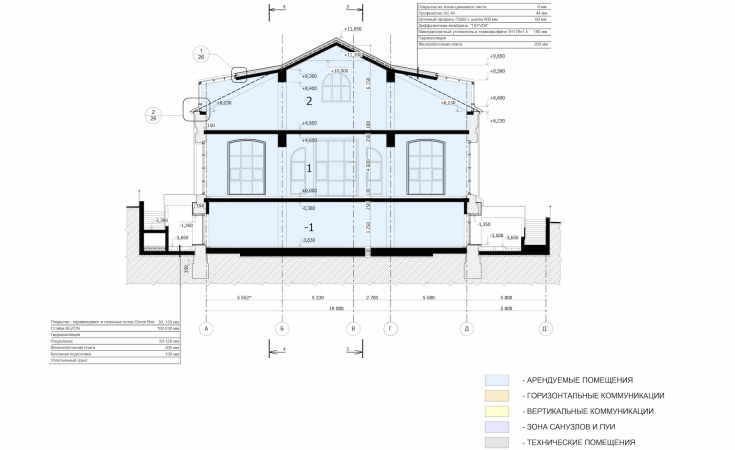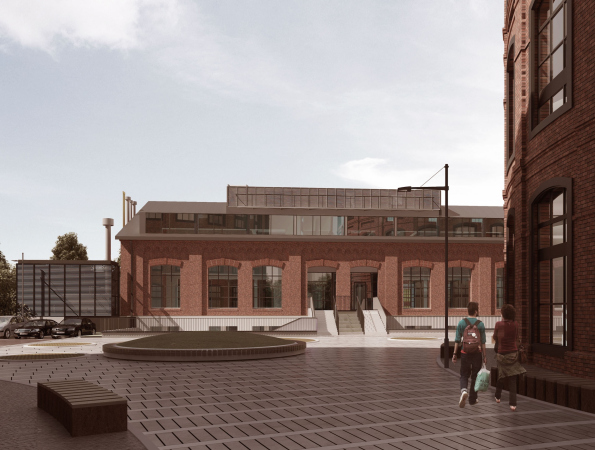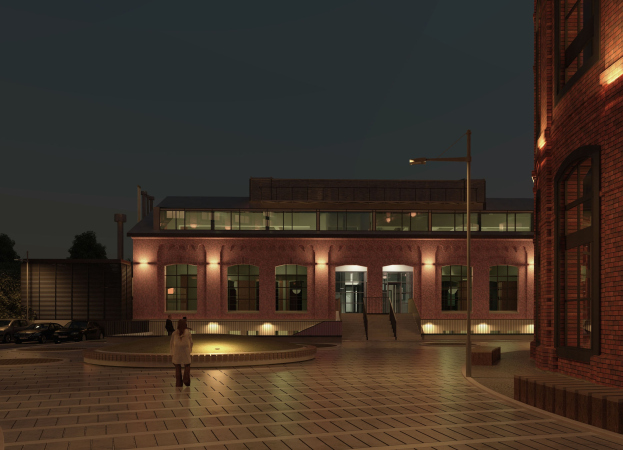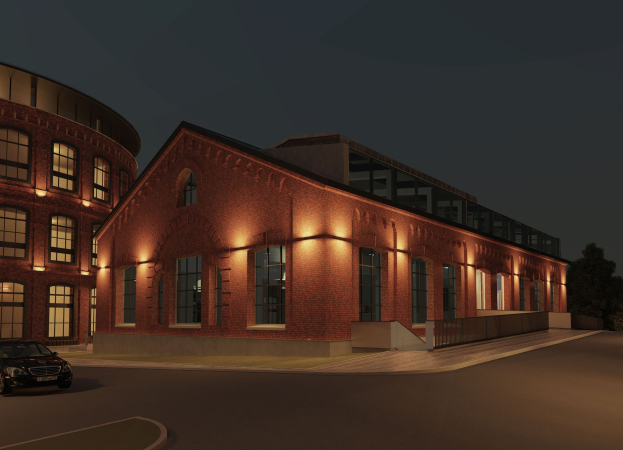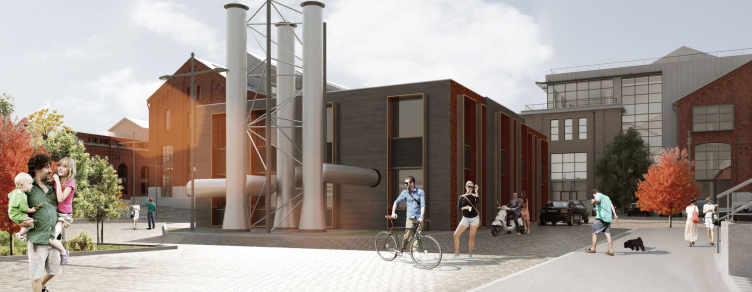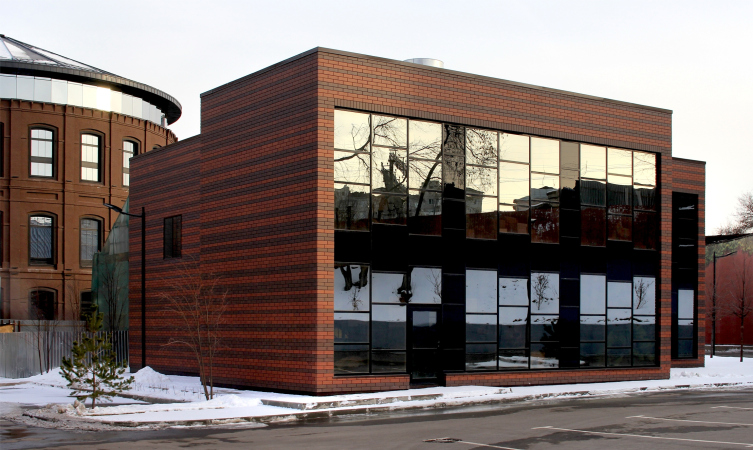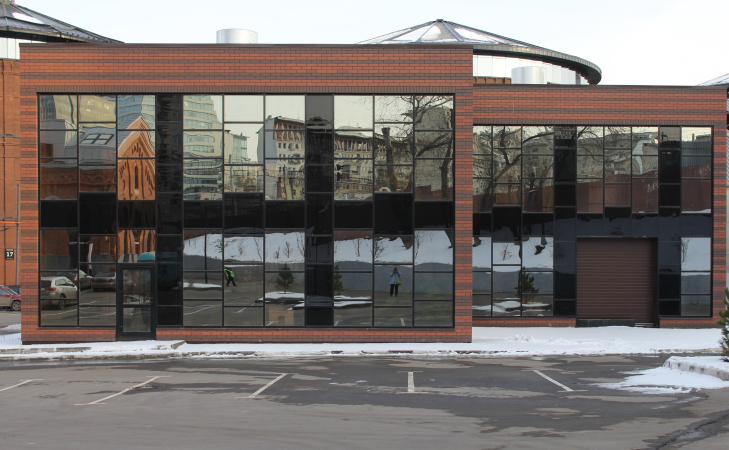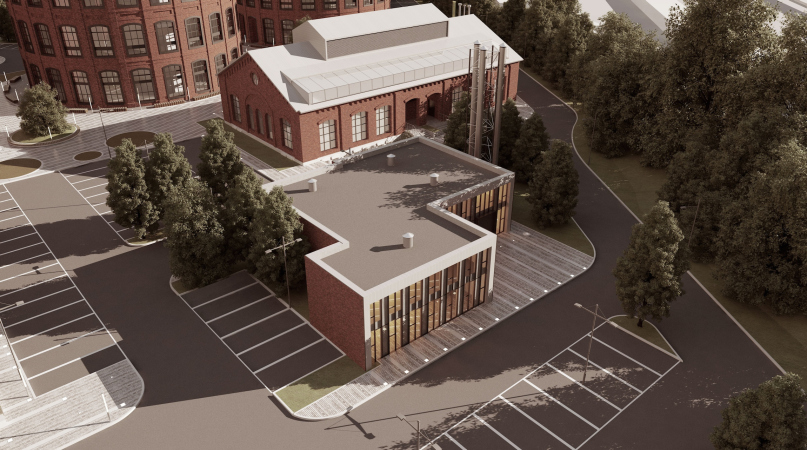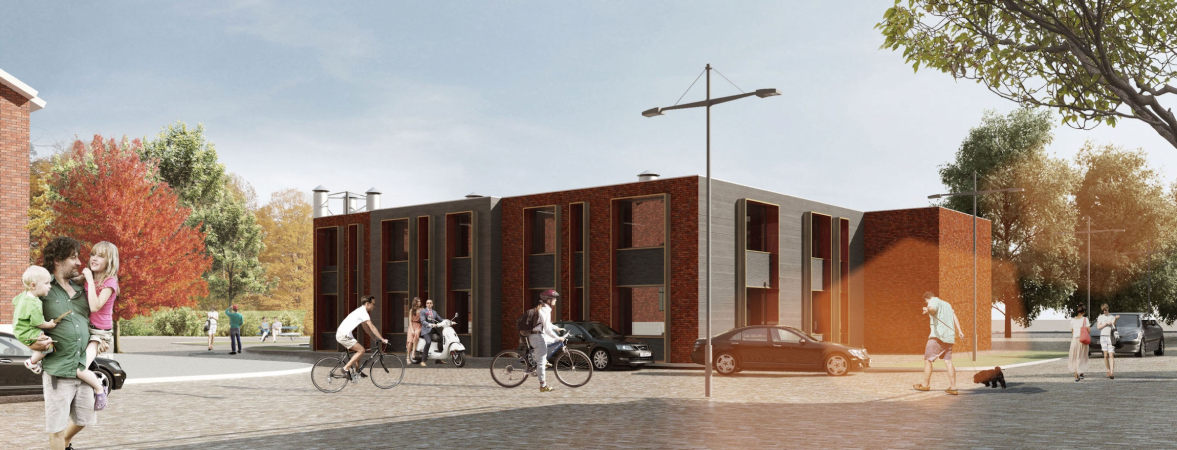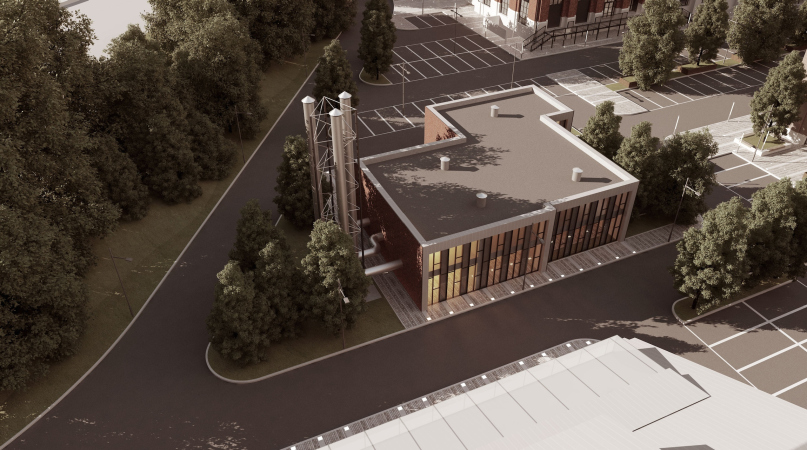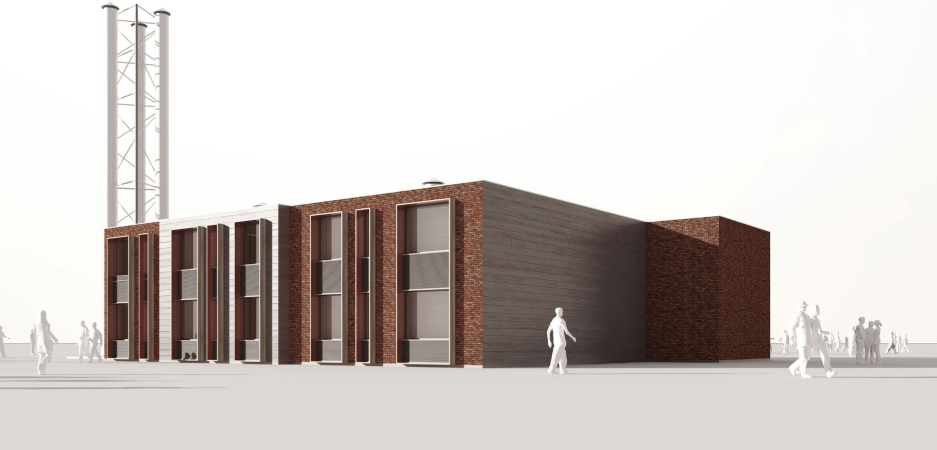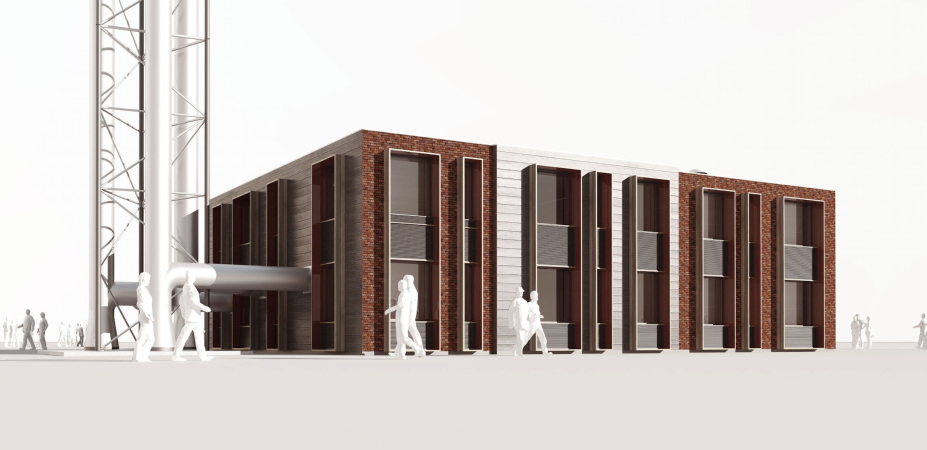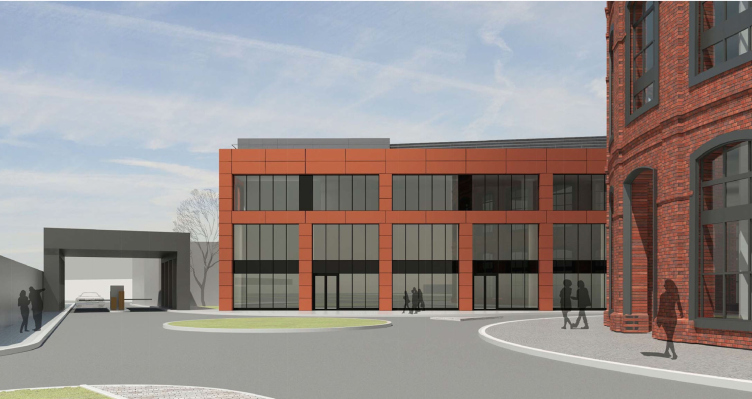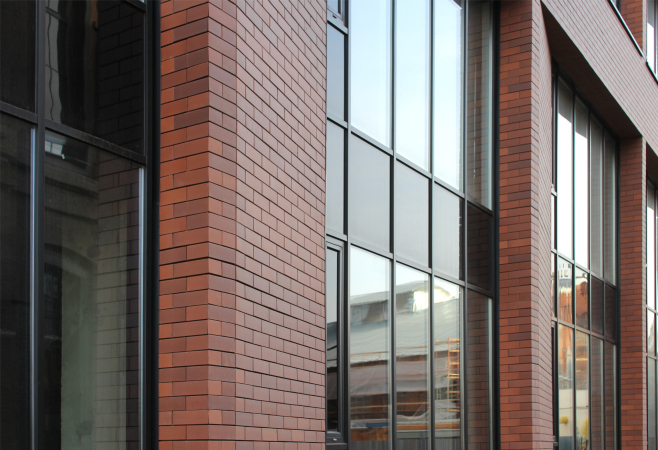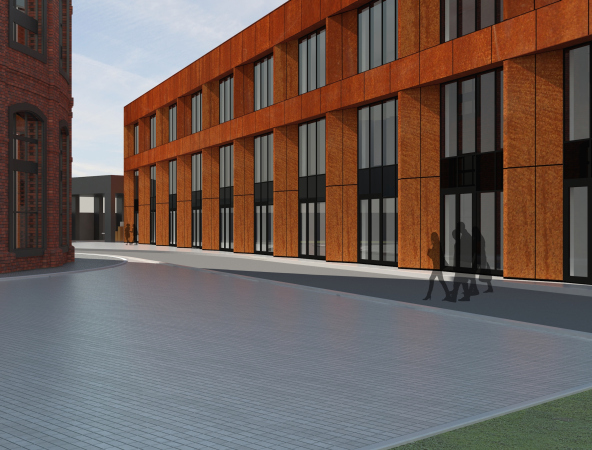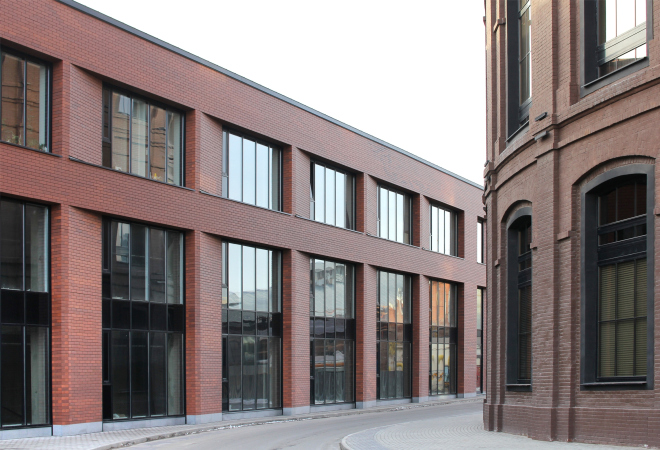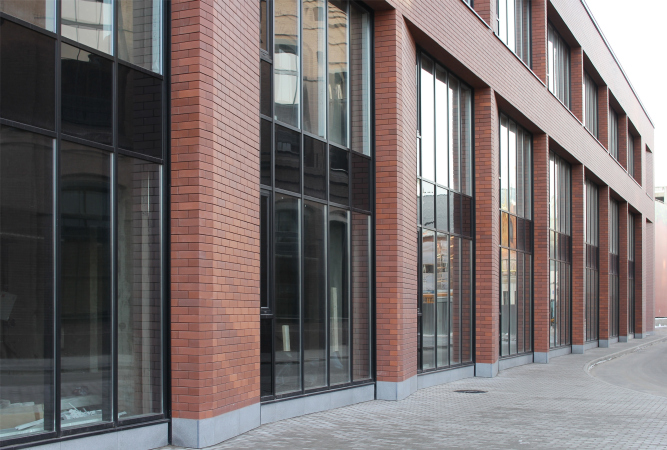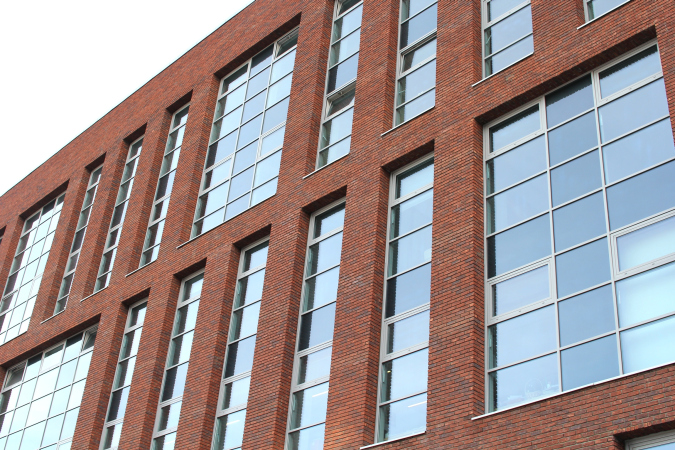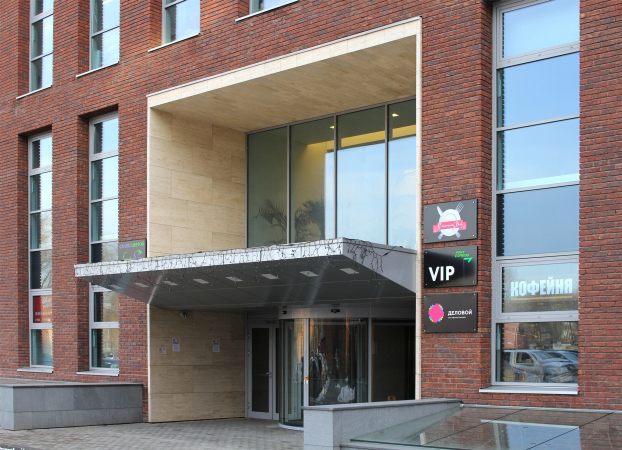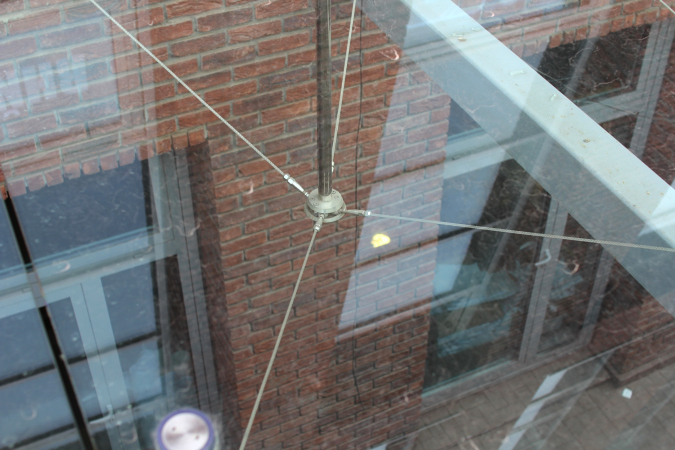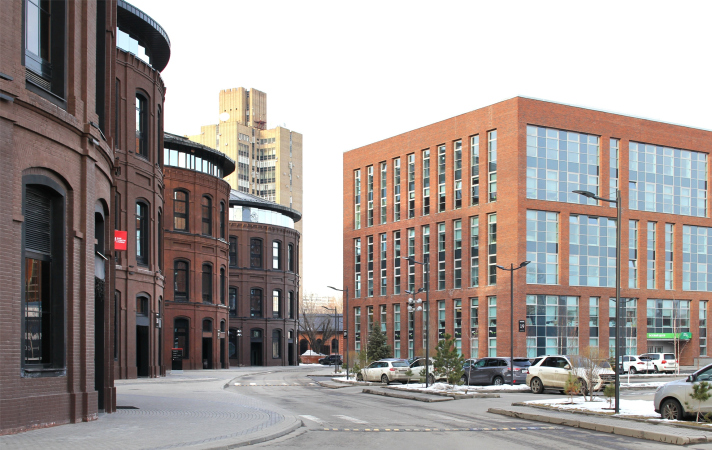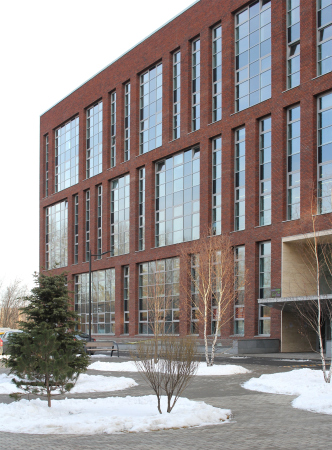The active phase of turning the “Arma” factory – located in the vicinity of the Kursky railway station – into a “creative cluster” started in 2011, although the remodeling work and the organization process started with the appearance of the first office renters as early as in the 2000’s. Currently, the territory is open to public – one can go through it from the pedestrian underpass leading to the Kurskaya metro station and towards the Vinzavod cultural center, the Mruzovsky alley and the Yauza River. The developer company “Bolshoi Gorod” (“Big City”) also organized and presented the city government on the City Day 2015 with the pedestrian part of the Nizhny Susalny side-street – a street that is daily walked by hundreds if not thousands people headed to and from the metro station. “Arma” was transformed a little bit later than its neighbors “Vinzavod” and “Artplay” but it naturally joined their venerable company making what contribution it can to the “art” reputation of the area lying behind the Kursky railway station. In addition to the four “gas holder” units, its territory includes nine remodeled buildings with shops and cafes at their bottom floors and office premises for rent at the top ones. Specifically, Boris Levyant’s ABD architects recently moved to this place. As a finished project of remodeling an industrial park into an art cluster, Arma is participating in CRE Awards-2016. Although one cannot help noticing that part of its territory closer to the edges is still to be completed and organized – for example, the entrance portals devised by the architects have not been built yet – the nucleus of the cluster is alive and one can safely say that the renovation work is all but complete here.
Renovation of the buildings and organization of the territory was done by the architectural company “AM Sergey Kiselev and Partners”, specifically by Vladimir Labutin and Aleksey Medvedev. “Initially, we were invited as a consultant on remodeling the gas holder units – shares the head of the company Igor Schwartzman – our input into their renovation was minimal; we only helped with planning and engineering issues. Then the clients invited us to work on another building, then on another, and so on. Ultimately, the master plan for developing this territory, the improvements, the projects of renovating the buildings and the interior designs of a few public zones were all done by our company. Renovation of industrial parks has long since become one of our specialties. Together with “Bolshoi Gorod”, we did a business center on the Polkovaya Street, and renovation of the baking factory on the Krasnoselskaya Street. “Arma” is by far the largest and most important project of all of these”.
Arma: the passage that opens up to the right of the metro tunnel exit. Photograph © Julia Tarabarina, 2016
Arma: the pedestrian promenade between Buildings 3 and 4 © Sergey Kiselev and Partners. Photograph © Julia Tarabarina, 2016
***
Moscow Gas Plant: location plan 1868. Provided by "Bolshoi Gorod"
Moscow Gas Plant: location plan after the 1912 reconstruction. Provided by "Bolshoi Gorod"
The plant increased its capacity and then made a great input into the WWI, manufacturing all sorts of ammunition from gas to hand grenades. It started losing its ground after 1931: at that time, Moscow built a new plant called “Neftegaz”, and this plant got a popular name of the “old” one, taking the role not so much of production as distribution. In 1946 the nation’s capital was plugged in to the Saratov gas pipeline, and the production of artificial gas stopped altogether. In the 1971 master plan the old gas plan was listed as a hazardous facility and was to be removed beyond the confines of the city but in the 1990’s, renamed into “Arma”, it reinvented itself as manufacturing equipment until 2002, when, yet again renamed into “Gasservice” it moved to another place. The southern part of the territory was handed over to “Arma” and became the working subject of “Bolshoi Gorod” developers.
Arma: master plan. Project, 2013 © Sergey Kiselev and Partners
If we are to take a look at the plan of the territory we will see that the renovation mostly covered the south part of the former factory located between the historical axis of the plant’s territory and the Gorky railroad line. The axis has survived; here lie the main driveway and the main pedestrian trail but all the renovated buildings are grouped to the right of the main entrance. To the left of the entrance, renovation work is only just beginning. So, practically, all the buildings in the southern part of the territory are now complete. The principles of this renovation can be described in the following nutshell. All the Soviet-era additions have been removed. The foundations have been reinforced. The pitches of the roofs got mansard windows and step-like terraces at an occasional spot.
Retort and equipment units, photograph 2015. Provided by "Bolshoi Gorod"
Buildings 3 and 4. One can see the buildups that resonate with the roofs from the "plant" days © Sergey Kiselev and Partners. Photograph © Julia Tarabarina, 2016
Building 5a. © Sergey Kiselev and Partners. Photograph © Julia Tarabarina, 2016
Figuratively speaking, one can think about it like this: the old factory buildings have been saturated with a layer of mercury, somewhere silvery, and somewhere glittering and reflecting the historical brickwork. This historical brickwork has been repaired and covered with a protective varnish. “We consider ourselves to be coauthors of Berngart, Dmitriev, and Roop” - says the author of the reconstruction projects of the historical buildings, Vladimir Labutin.
Arma: the joint between Building 3 (right) and the modern addition of Building 3a (left) © Sergey Kiselev and Partners. Photograph © Julia Tarabarina, 2016
Arma: wall of the modern part, Building 3a © Sergey Kiselev and Partners. Photograph © Julia Tarabarina, 2016
Arma: the marquee over the entrance, Building 5 © Sergey Kiselev and Partners. Photograph © Julia Tarabarina
Arma: fragment of the historical wall, Building 3 © Sergey Kiselev and Partners. Photograph © Julia Tarabarina, 2016
Arma: Building 19 © Sergey Kiselev and Partners. Photograph © Julia Tarabarina, 2016
Arma: the driving entrance from checkpoint 3. On the left: the gas holders. On the right: Building 19 © Sergey Kiselev and Partners. Photograph © Julia Tarabarina, 2016
***
Buildings 1, 2
| where: | Russia, Moscow | |
| date | 2012 — 2014 / 2014 — 2016 | |
| function: | Office & Civic / Office block | |
| studio: | Sergey Kisselev & Partners http://www.sk-p.ru/ | |
| architect: | Vladimir Labutin |
Building 3
| where: | Russia, Moscow | |
| date | 2011 — 2013 / 2013 — 2015 | |
| function: | Office & Civic / Office block | |
| studio: | Sergey Kisselev & Partners http://www.sk-p.ru/ | |
| architect: | Vladimir Labutin |
Buildings 4, 5, 5a
| where: | Russia, Moscow | |
| date | 2011 — 2013 / 2014 | |
| function: | Office & Civic / Office block | |
| studio: | Sergey Kisselev & Partners http://www.sk-p.ru/ | |
| architect: | Vladimir Labutin |
Building 6
| where: | Russia, Moscow | |
| date | 2011 — 2013 / 2013 — 2015 | |
| function: | Office & Civic / Office block | |
| studio: | Sergey Kisselev & Partners http://www.sk-p.ru/ | |
| architect: | Vladimir Labutin |
Building 7 (boiler)
| where: | Russia, Moscow | |
| date | 2012 / 2012 — 2014 | |
| function: | Engineering and Industrial / | |
| studio: | Sergey Kisselev & Partners http://www.sk-p.ru/ | |
| architect: | Alexey Medvedev |
Building 13
| where: | Russia, Moscow | |
| date | 2012 — 2014 / 2014 — 2015 | |
| function: | Office & Civic / Office building | |
| studio: | Sergey Kisselev & Partners http://www.sk-p.ru/ | |
| architect: | Alexey Medvedev |
Building 19
| where: | Russia, Moscow | |
| date | 2011 — 2012 / 2012 — 2013 | |
| function: | Office & Civic / Office building | |
| studio: | Sergey Kisselev & Partners http://www.sk-p.ru/ | |
| architect: | Alexey Medvedev |

